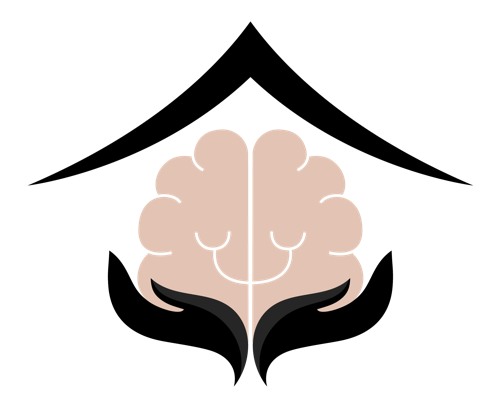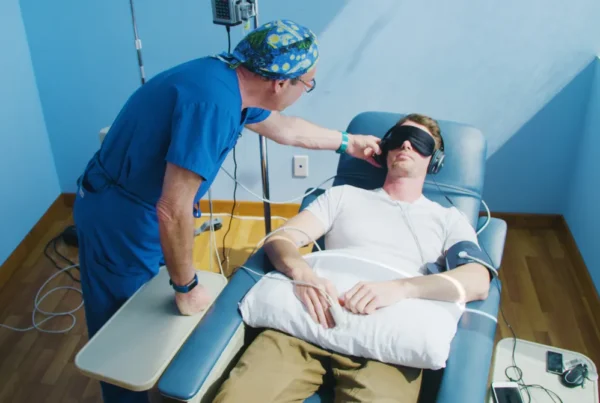
Post-Traumatic Stress Disorder (PTSD) is a debilitating condition that affects millions worldwide, often leaving survivors grappling with severe anxiety, flashbacks, and emotional turmoil. While effective for some, traditional treatments don’t always provide relief for all. Enter ketamine – a medication initially used as an anesthetic, is now increasingly recognized for its potential in treating PTSD. Let’s explore how ketamine is offering new hope to trauma survivors.
Understanding PTSD
PTSD is a mental health condition triggered by experiencing or witnessing a terrifying event. Symptoms can include severe anxiety, nightmares, uncontrollable thoughts about the event, and emotional numbness. These symptoms can significantly impair an individual’s daily life and well-being.
Traditional Treatments for PTSD
Typical treatments for PTSD include psychotherapy, cognitive-behavioral therapy, and medication like SSRIs (Selective Serotonin Reuptake Inhibitors). However, not all patients respond to these treatments, leaving a gap in effective PTSD care.
The Emergence of Ketamine in PTSD Treatment
Ketamine has been known for its rapid-acting antidepressant effects. Its unique mechanism of action affects the brain’s glutamate system, which is different from traditional antidepressants. This has led to its exploration as a treatment for PTSD.
How Does Ketamine Work?
Ketamine is believed to promote the formation of new neural connections in the brain, a process known as neuroplasticity. This can help “rewire” the brain areas impacted by traumatic experiences, offering a potential reset for those struggling with PTSD.
Clinical Studies and Findings
Numerous studies have demonstrated ketamine’s efficacy in reducing PTSD symptoms:
- Rapid Symptom Relief: Research has shown that ketamine can provide quick relief from PTSD symptoms, often within hours of administration.
- Long-Lasting Effects: Some studies suggest that the beneficial effects of ketamine can last for weeks or even months after treatment.
- Treatment for Resistant Cases: Ketamine has shown promise in treating PTSD cases that have not responded to other forms of therapy.
Administration and Accessibility
Ketamine treatment for PTSD can be administered in various forms, including IV infusions, nasal sprays, and sublingual tablets. The rising popularity of at-home ketamine treatments under medical supervision has made it more accessible to those who need it.
Legal Status and Considerations
While ketamine is FDA-approved as an anesthetic, its use in treating PTSD is considered off-label. However, this practice is legal and common in the medical community. Clinics specializing in ketamine therapy are subject to strict regulations to ensure patient safety.
Conclusion: A Beacon of Hope
Ketamine’s potential in treating PTSD represents a significant breakthrough in mental health care. Offering rapid relief and a new approach to treatment-resistant cases, ketamine therapy could be a game-changer for many trauma survivors. As research continues, this treatment may become an integral part of PTSD management, bringing new hope to those who have long struggled to find relief.
—
Disclaimer: This blog post is for informational purposes only and should not replace professional medical advice. Always consult with healthcare professionals for personalized care and treatment options.



